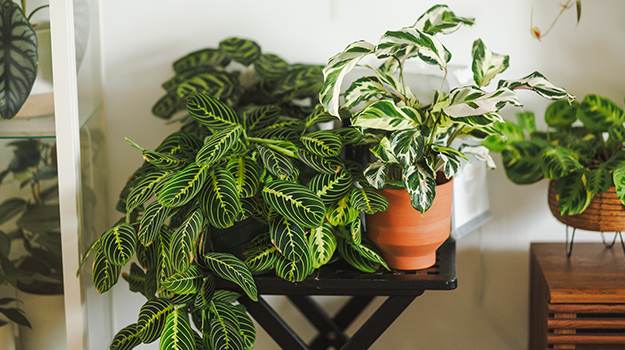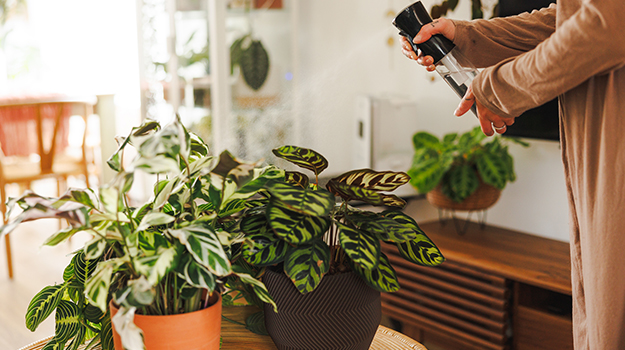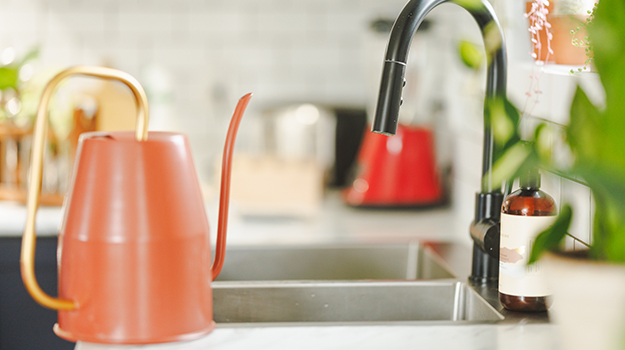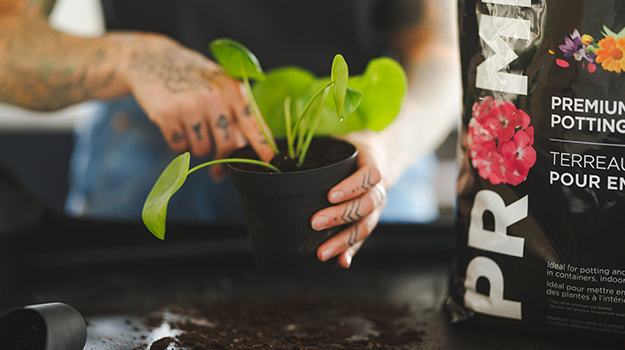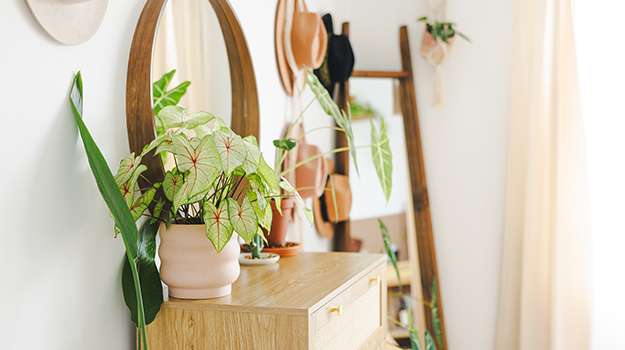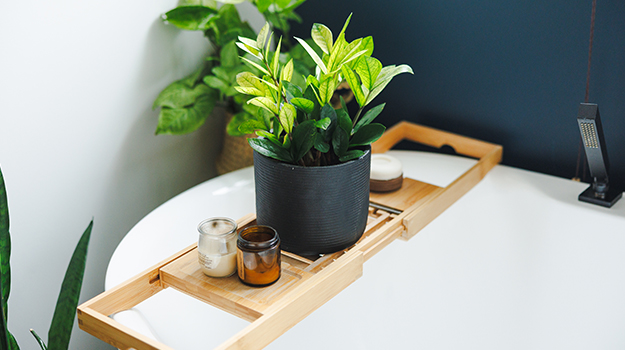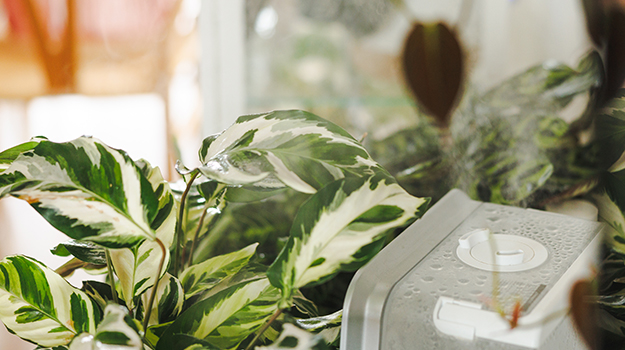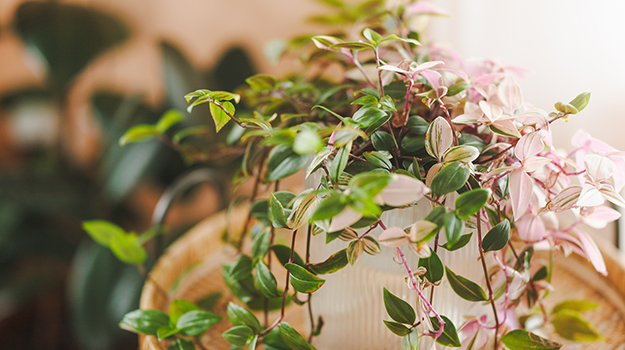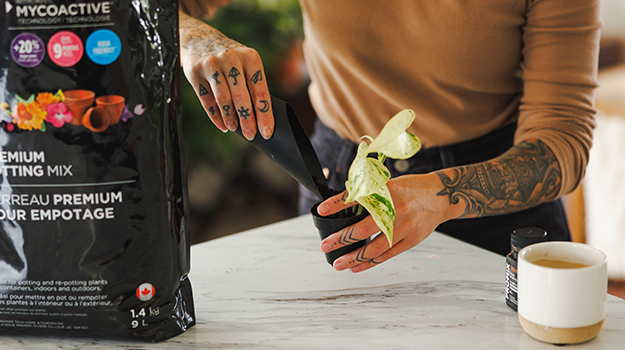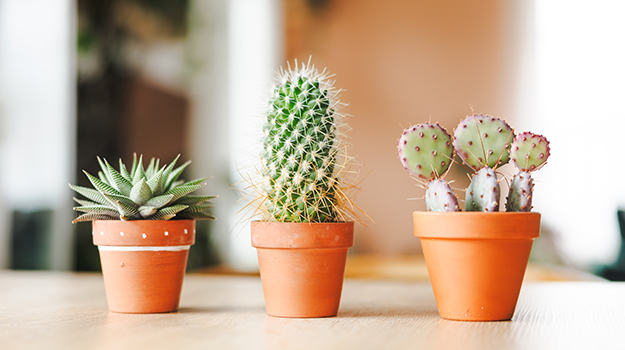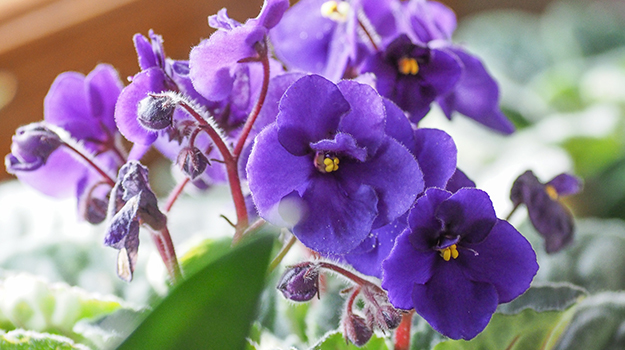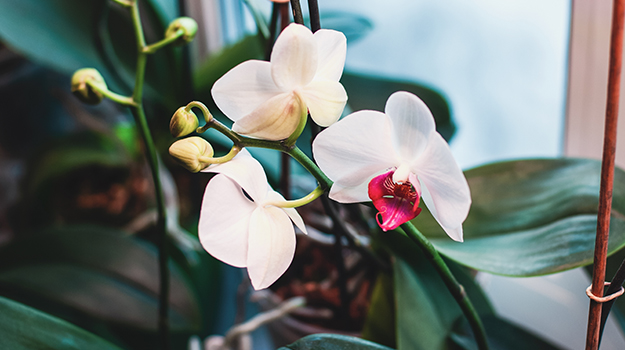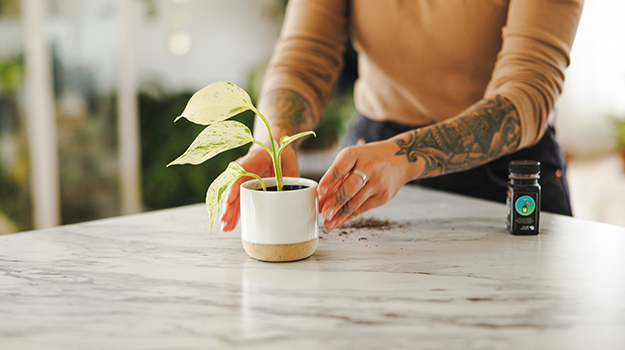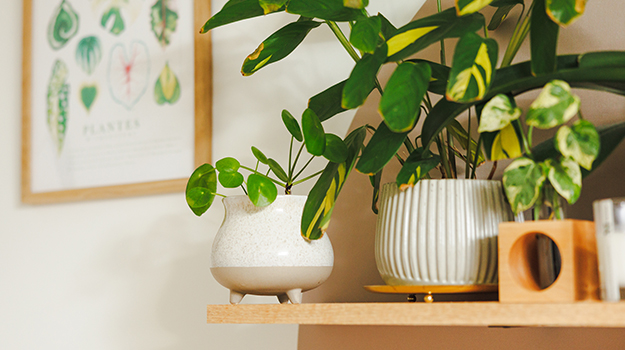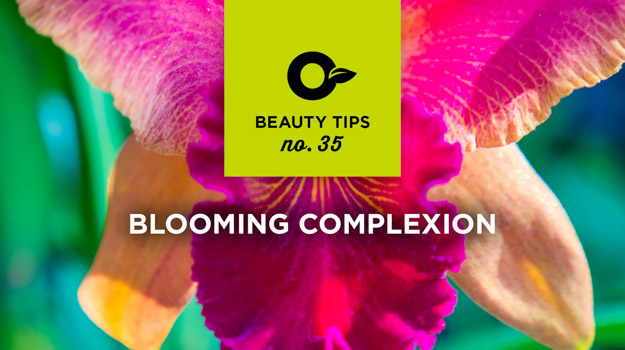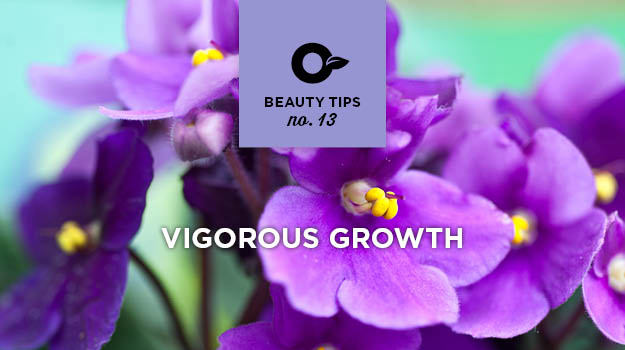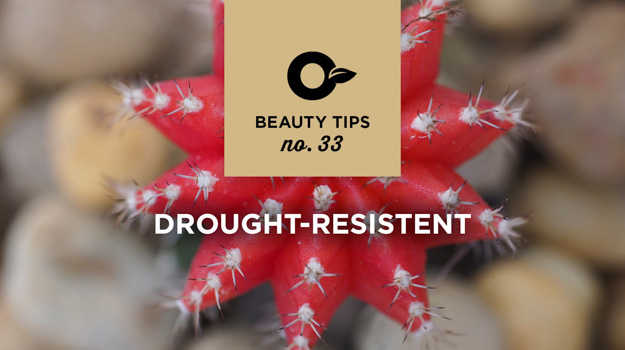Our indoor plants are tropical plants. In their natural environment, they thrive in a much milder climate than in our northern weather. Although they enjoy being in the garden in summer, they will spend most of their time indoors.
If you've visited the tropics recently, you have a good idea of the hot, humid environment in which they thrive. Although this has nothing to do with the interior of our heated, but also dehumidified, air-conditioned and ventilated homes, it is possible to recreate an environment that meets their needs.
Basic tips for tropical plants
Although the needs may vary from one tropical plant to another, there are nevertheless certain constants that can guarantee not only their survival, but also their development.
- When it comes to watering, less is better than too much. A plant will survive if you forget to water it a few times. However, soaked potting soil that won’t dry leads to the asphyxiation and rotting of the root system.
- The soil must remain moist, which means neither dry nor soaked.
- Trailing tropical plants must be watered from the bottom. As their stems and leaves are in permanent contact with the soil, watering them from above overhumidifies the stems, which will eventually rot and fall. Soak the pot in 4-5 cm of water, for 15-20 minutes.
- While several tropical plants appreciate being hydrated with a fogger, it’s not the case with those that have fuzzy leaves. That fuzz protects the foliage from the wind, bad weather and drought. Getting the leaves wet weakens their defense mechanism.
When and how to water a tropical plant?
Unfortunately, there is no universal answer. This probably explains why overwatering is the main cause of death in tropical plants.
Still, a few basic rules can be established… For instance, succulents must be watered once a month in winter, and cactuses, which are dormant, can wait 4 to 6 weeks between two waterings.
There again, other factors must be taken into account:
- Plant variety
- Type of soil
- Type of pot
- Moisture level in the room
- Time of year
The best way to know if your tropical plant needs watering is to stick a finger into the soil about an inch deep. If it comes out damp and covered in potting soil, the substrate is still sufficiently hydrated and you can try again in two days. If it comes out dry, it’s time to water.
If the soil is waterlogged and you haven't watered, your plant may be drowning. Whether the leaves have started to yellow or not, when the substrate can no longer dry out, the only way to save your plant is often to change the potting soil. Remove as much moist soil as possible from around the roots before replacing it in new soil.
On the contrary, if the soil is so dry that it is no longer able to retain water and your plant looks weak and loses tone, there has been a serious lack of water. Again, repotting may be the solution. If your potting soil has turned into a virtual sieve, it will most likely need to be renewed. Before proceeding, try to fill it with water by letting your plant soak for about thirty minutes, keeping the pot 2/3 thirds submerged in the water.
TIP: Tropical plants appreciate being watered with rainwater or the unsalted water used for cooking vegetables. At all times, avoid cold water! As for us, room temperature water is much more pleasant for them!
What light for tropical plants?
In their native environment, some tropical plants, such as the rubber tree and certain palm trees, will grow in low light conditions. Although this is not the case for all, several may burn when exposed to direct light.
Your tropical plants will let you know if the light isn't right for them. Pale, etiolated foliage is an indicator of a lack of light, while yellow or brown leaves at the tips, or leaves showing signs of burns, indicate that they are exposed to too much light.
If you do not know what exposure to give them, opt for a location facing east to begin with, where your plants can enjoy the sun without running any risk.
Ideal temperature for tropical plants
Most tropical plants will appreciate a temperature between 21 and 27 °C during the day, and between 18 and 21 °C at night. For their part, ferns prefer a cooler temperature that can go down to 15 °C.
Tropical plants don’t like sudden temperature changes, so you should avoid placing them near doors to protect them from cold drafts during the winter. Also keep them away from heating appliances and avoid contact with cold window panes.
Finally, some plants hardly tolerate very dry environments. They will be happier in the kitchen or bathroom, or will appreciate the use of a humidifier.
Fertilizing tropical plants
Tropical plants grow in the spring and summer. Regular fertilization (once a month) using a liquid or water-soluble fertilizer will be beneficial. However, it is recommended to reduce the prescribed amount by half. In the fall and winter, they do not need to be fertilized.
Soils for tropical plants
Using a specially formulated soil will help satisfy your plant’s water requirements. It will also provide essential nutrients and facilitate the oxygenation of the root system. That’s why specialty soils exist.
TIP: Didn’t use a specialty soil? When repotting your tropical plant, no need to replace all of the soil around the roots. Add specialty soil progressively.
Tropical Plant Mix
PRO-MIX Tropical Plant Mix is a peat-based product that maximizes air porosity and promotes fast drainage. It is also designed to offer the adequate moisture level for tropical plants.
Cactus Mix
PRO-MIX Cactus Mix is a peat-based product that is also suitable for succulents and certain plants in the Liliaceae family, such as haworthia and aloe vera. It offers good porosity as well as quick drainage, while maintaining a moisture level that meets the needs of your plants.
Further reading:
How to grow cactuses and succulents
African Violet Mix
PRO-MIX African Violet Mix is a peat-based product that improves both air porosity and water retention to meet the needs of those delicate plants. It promotes abundant flowering and a healthy foliage.
As this soil is spongy and retains water, it can also be used for plants that require constantly moist soil, such as calatheas and ferns.
Further reading:
How to grow and take care of African violets
How to grow and transplant African violets
Orchid Mix
Specially formulated from western fir bark, PRO-MIX Orchid Mix offers the optimal environment for your plant’s root system. It prevents compaction while making the air and water uptake easy for the roots.
Further reading:
How do you care for an orchid plant
PRO TIP: Moisten your soil lightly before using it (3 parts soil for 1 part warm water).
Which pots to choose?
Signs that your plant needs repotting:
- The roots come out through the drainage hole
- Leaves turning yellow
- Impossible to re-hydrate the soil
- The soil no longer sticks to the pot’s edges
- The water gets through immediately and is not retained by the roots
When repotting a plant whose pot has become too small, choose one that is an inch bigger in diameter.
Clay pots are perfect for plants that require good drainage, such as cacti and succulents. As they are porous, water and air circulate easily and the roots breathe better. Although they require more frequent watering, moisture is less likely to remain trapped there. They are also heavier and give plants better balance.
Plastic pots are lighter and perfect for seedlings and cuttings. Easy to clean and quick to disinfect, they can be reused as desired. However, beware of dark-coloured pots which heat up quickly in the sun and risk burning the roots.
Pots should have at least one proper drainage hole to allow excess water to drain away. If not, you can drill one or use the pot as a cachepot.
PRO TIP: Always empty the water accumulated in the cachepot or saucer.

